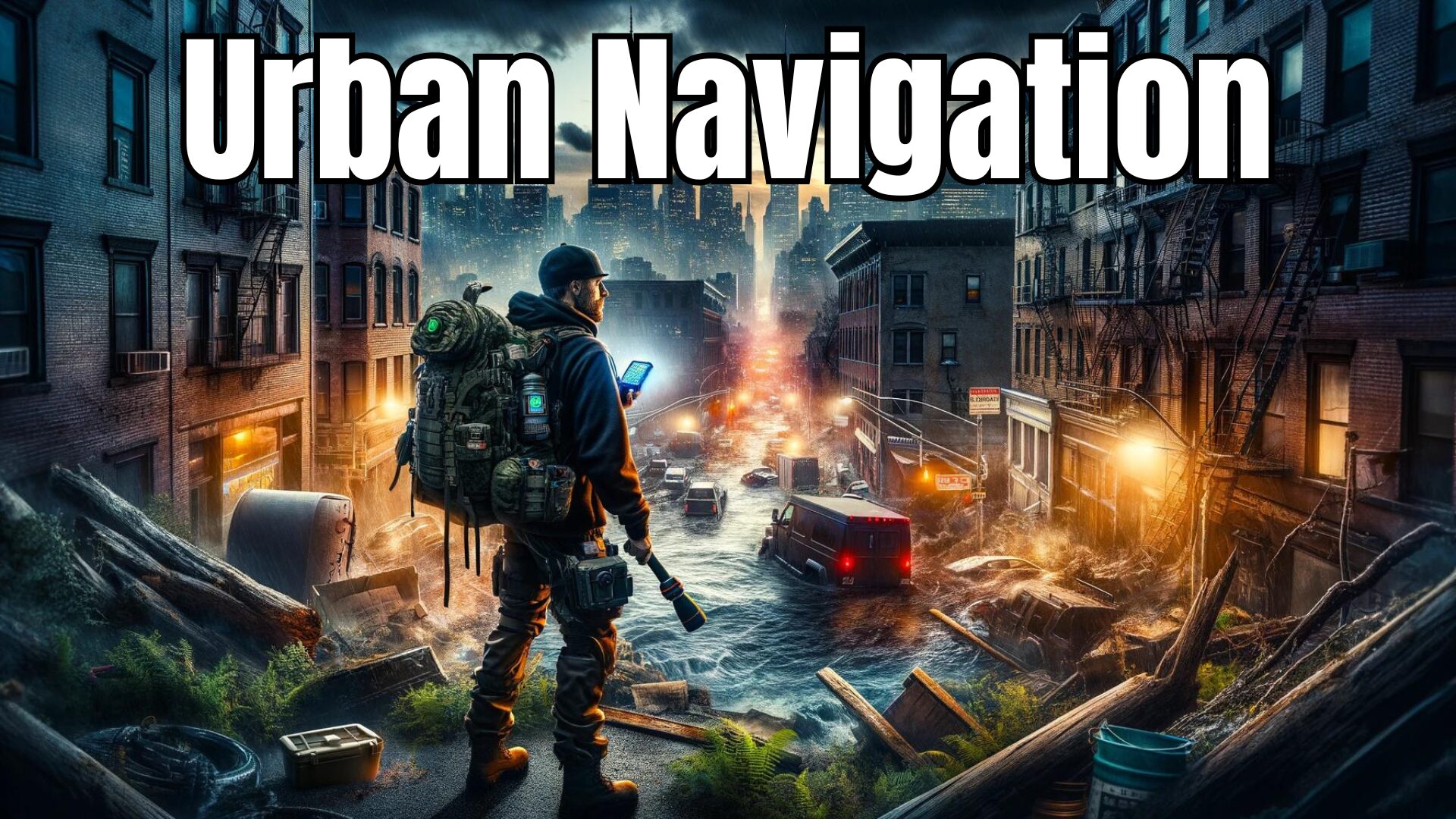In the heart of the city, where the unexpected lurks around every corner, the key to survival doesn’t just lie in the concrete underfoot but in the knowledge and tools at your disposal.
From navigating the urban sprawl to ensuring your safety in times of crisis, urban survival is an art form, one that demands creativity, preparedness, and a steadfast resolve.
Table of Contents
Urban Survival Essentials: Navigating the Concrete Jungle

Stay Informed and Practice Situational Awareness
In the bustling urban environment, being aware of your surroundings is key to urban survival.
Stay updated on local news and emergency alerts to anticipate any potential threats.

Keep an eye out for signs of danger such as power outages or disturbances that may require quick action.
Situational awareness can help you make informed decisions during an emergency situation, whether it’s a natural disaster or a sudden need for evacuation.
| Source | Speed | Reliability |
|---|---|---|
| Mobile Apps | Fast (instant push notifications) | High (direct alerts from authorities) |
| TV | Moderate (depends on broadcast schedule) | High (official broadcasts from trusted sources) |
| Radio | Fast (real-time broadcasts) | High (widely available, resilient) |
| Online News | Fast (real-time updates) | Moderate (may vary based on source credibility) |
“In the urban jungle, your awareness is your best ally. Stay alert, stay alive,”
by Jane Burdett, renowned urban survival expert
Mastering Urban Navigation Techniques
Urban navigation is a crucial skill for urban survival in the maze of city streets.
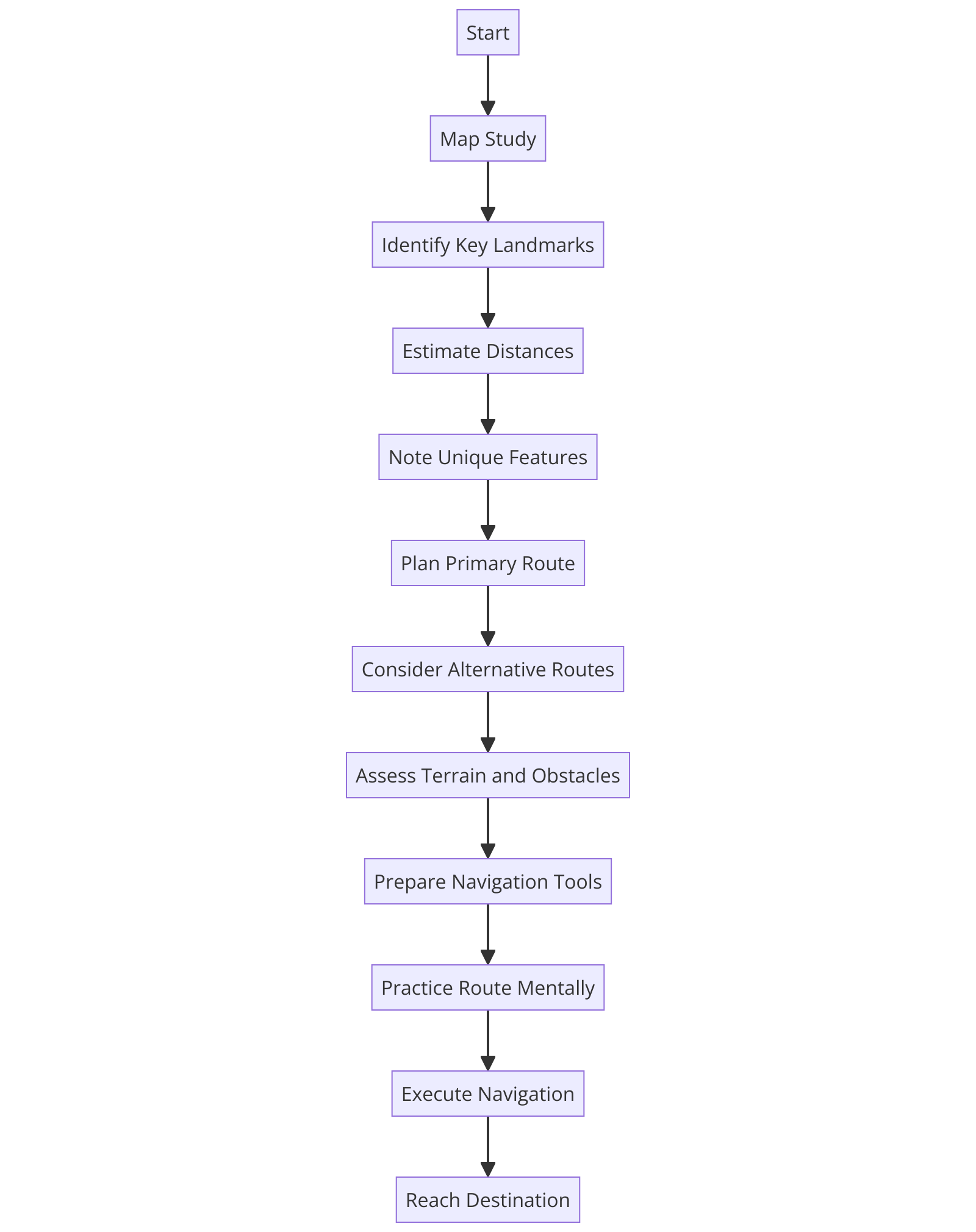
Familiarize yourself with maps and landmarks to find your way around efficiently.
Consider learning basic urban land navigation strategies to navigate the cityscape during times of crisis.
Knowing alternative routes and escape avenues can be invaluable in ensuring your safety in the chaos of busy urban life.
Emergency Preparedness: Urban Navigation Techniques

Navigating the Urban Landscape
When it comes to survival in urban survival scenarios, being able to navigate the concrete jungle is a crucial aspect of urban survival.
In times of crisis, knowing how to move efficiently through the city can mean the difference between safety and danger.
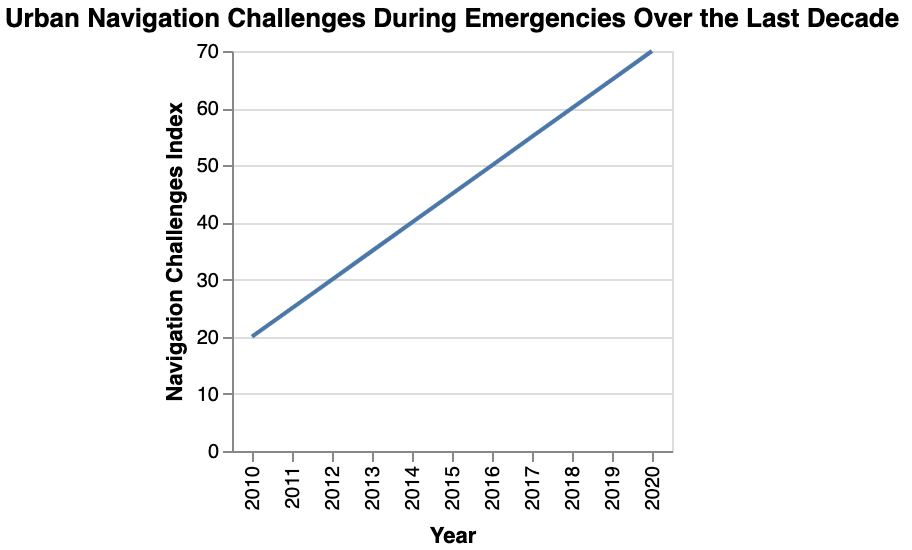
With unique challenges such as crowded streets, limited resources, and potential threats lurking around, urban residents must equip themselves with proper survival skills to handle any situation.
| Navigation Tool | Pros | Cons |
|---|---|---|
| Physical Maps | No batteries needed, backup navigation | Bulky, limited coverage, map-reading skills required |
| Compass | Lightweight, works without batteries | Line-of-sight navigation, limited urban functionality |
| GPS Devices | Precise tracking, real-time navigation | Battery reliance, signal loss in urban areas |
| Smartphone Apps | Convenient, real-time updates | Battery dependency, signal reliance |
Essential Tips for Urban Navigation
- Include a map of the city and a compass in your urban survival kit to help you navigate during natural disasters or emergencies.
- Familiarize yourself with alternative routes and backstreets to avoid crowded areas in the city during times of crisis.
- Practice situational awareness and be alert to your surroundings to react quickly to self-defense situations.
- Pack non-perishable food in your urban survival kit to sustain yourself while navigating the urban environment.
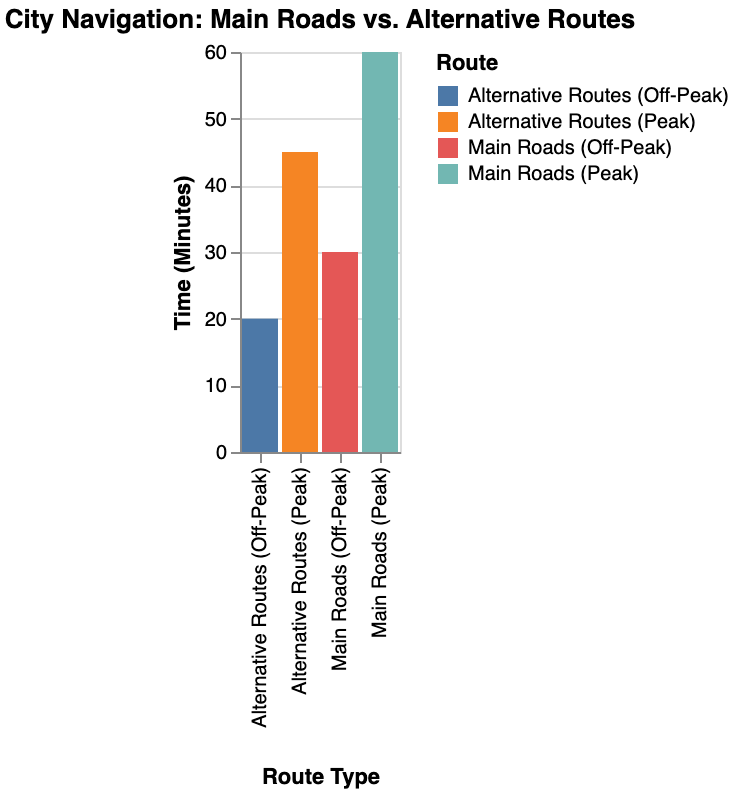
“Flexibility in your routes is as crucial as the gear in your backpack. Adaptability is the key to urban survival,”
by Michael Lee, emergency response expert
Self-Defense Strategies in Urban Survival Scenarios
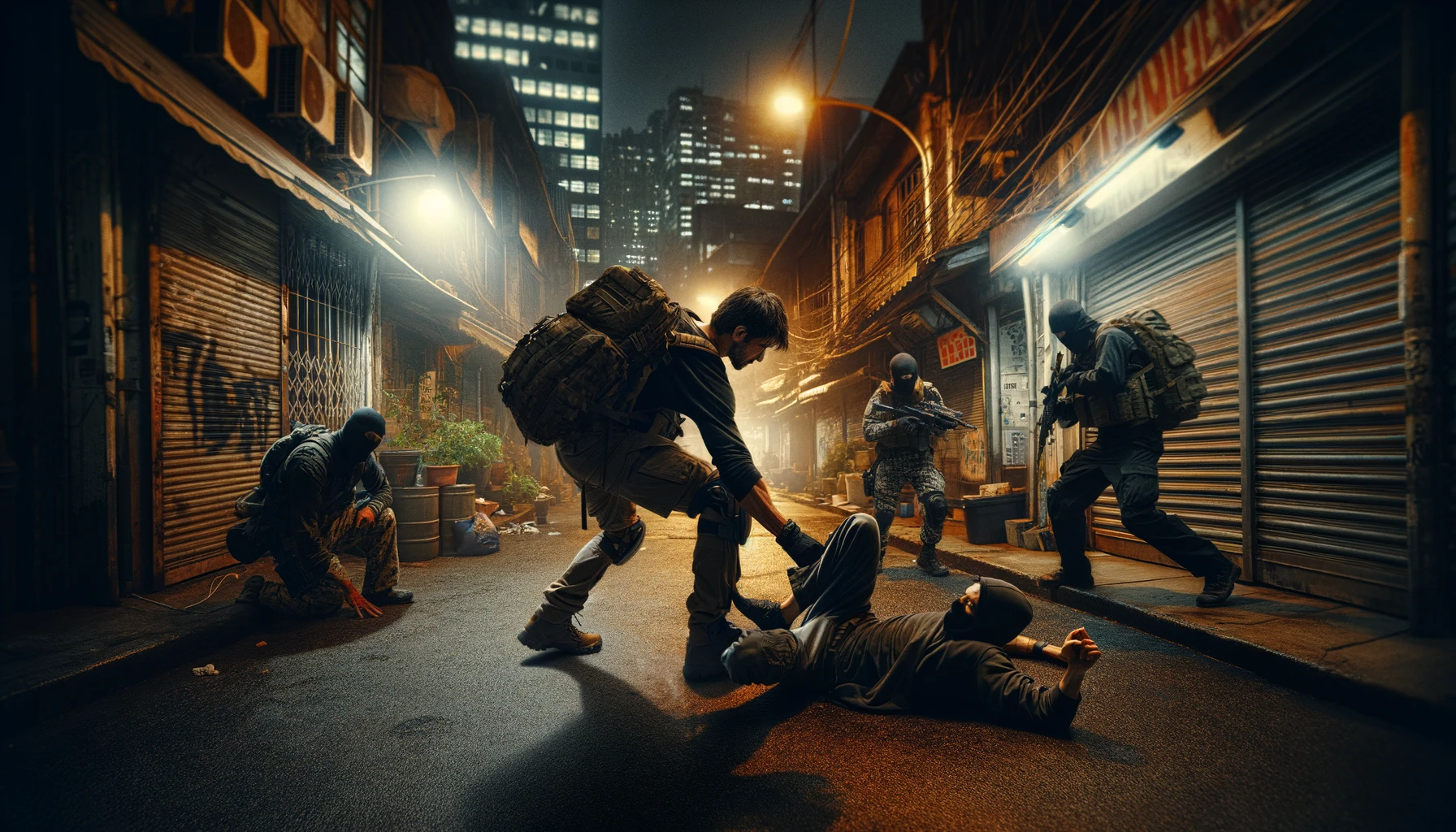
Understanding Urban Self-Defense
Navigating the Concrete Jungle: When faced with situations in the city that require self-defense, it’s crucial to have an emergency plan in place.
Understanding the unique challenges of the urban jungle is key to survival.
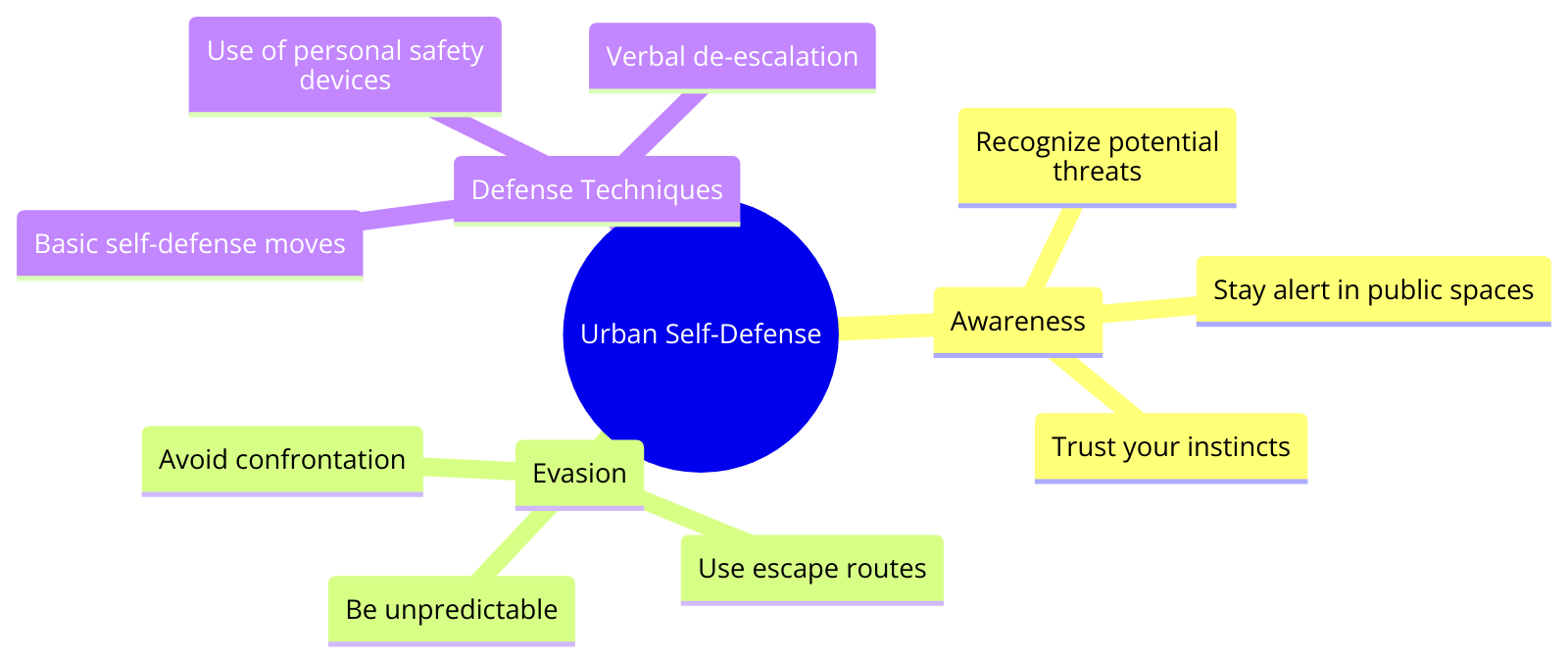
Consider the high population density and how it can impact your safety in an urban survival situation.
Incorporate self-defense training into your routine and prioritize learning how to use everyday objects as defensive tools.
| Self-Defense Tool | Effectiveness in Urban Scenarios |
|---|---|
| Pepper Spray | Highly effective for incapacitating attackers at a distance |
| Tactical Pen | Versatile tool for close-range defense, can be discreetly carried |
| Personal Alarm | Effective for attracting attention and deterring attackers |
| Stun Gun | Provides a powerful electric shock, effective for close-range defense |
| Kubotan | Small and discreet, useful for striking and applying pressure points |
| Whistle | Loud noise to attract attention and deter attackers |
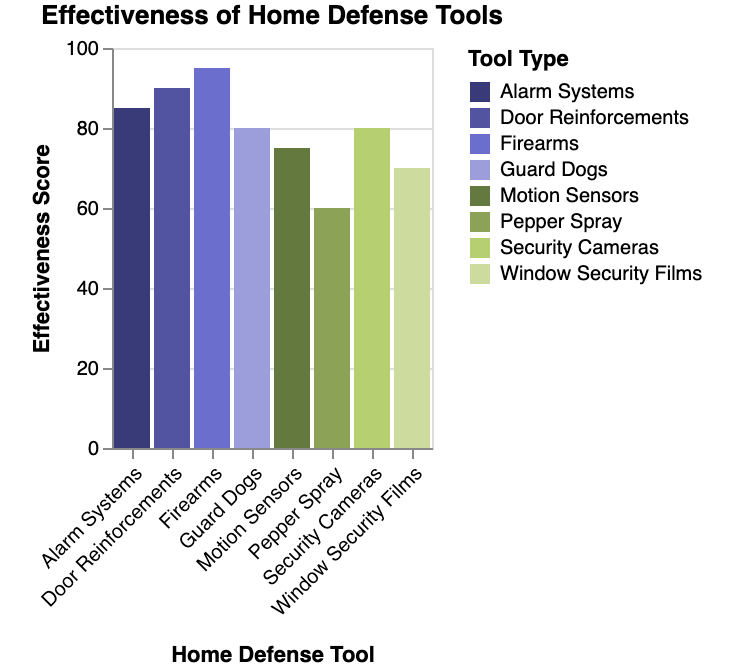
Strategies for Urban Survival
To effectively navigate urban areas and protect yourself in the world of urban survival, be aware of your surroundings at all times.
Stay alert and trust your instincts.
Avoid poorly lit or secluded areas, especially during times of crisis such as a pandemic.
Familiarize yourself with the urban infrastructure and identify potential escape routes.
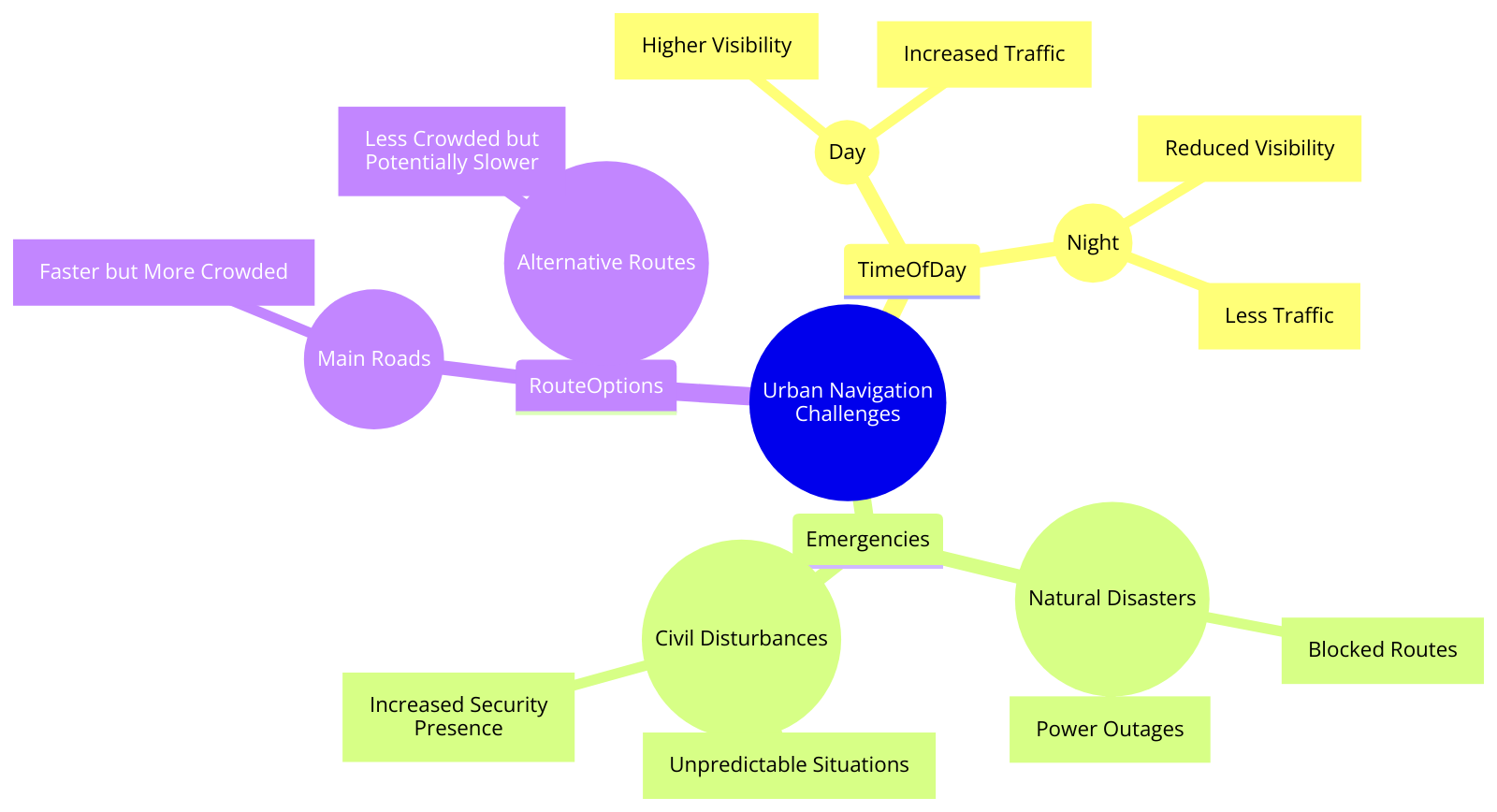
Always have a clear exit strategy in mind.
Remember, the key to survival is being prepared and proactive.
Shelter Solutions for Urban Emergencies
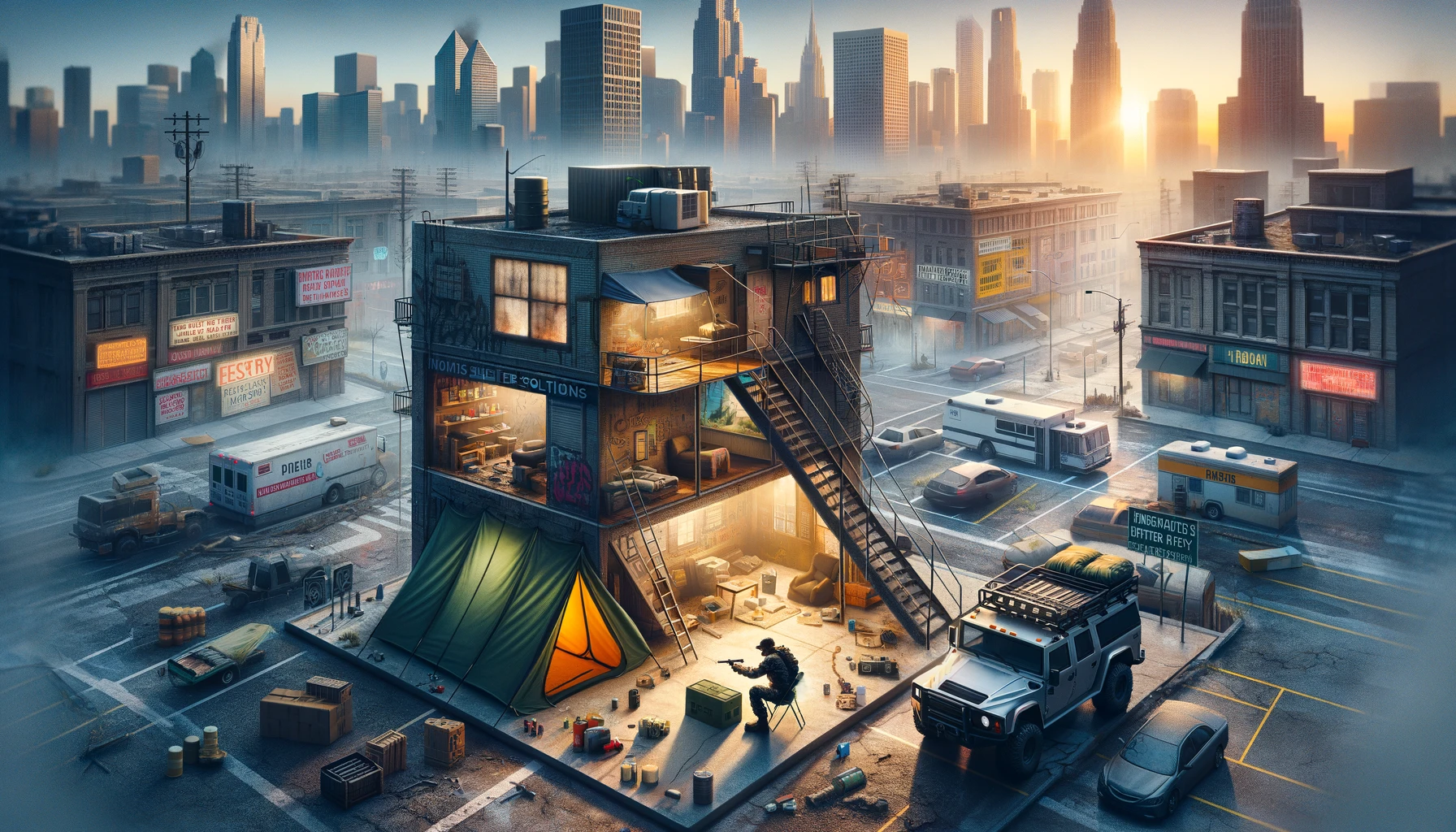
Finding a Safe Haven
During times of urban emergencies, having a plan for emergency preparedness is crucial, especially when it comes to finding shelter.
In large urban areas, identifying designated emergency shelters beforehand can be lifesaving.
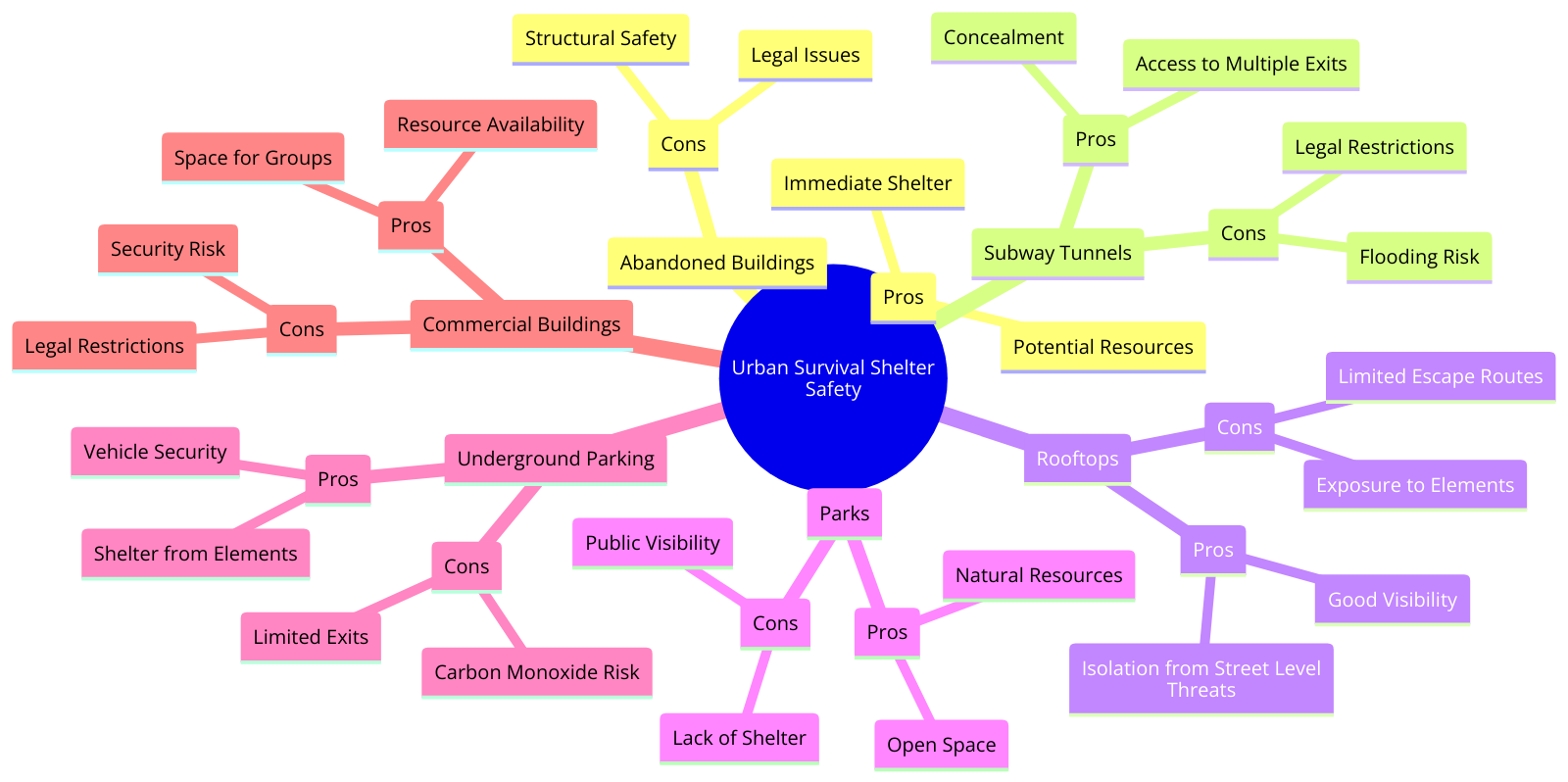
Look for locations near even-numbered highways as they often lead to safety zones.
Keep a list of shelters in your area and note a nearby landmark for quick reference.
| Shelter Type | Amenities | Security Features | Accessibility |
|---|---|---|---|
| Emergency | Basic bedding, water, toilets | Limited security, often public spaces | Generally accessible to the public |
| Homeless | Basic bedding, showers, meals | Varies by location | Generally accessible to the homeless |
| Bomb Shelter | Basic amenities, air filtration | Secure doors, limited access points | Restricted access, often underground |
| Public Bunker | Basic amenities, medical supplies | Controlled entry, surveillance | Limited access, controlled by authorities |
Make Your Shelter Secure
Creating an effective urban survival shelter demands preparedness.
Opt for locations that provide cover from the elements and are secure from potential threats in urban settings.
Secure entrances and exits, and always have a plan for emergencies.
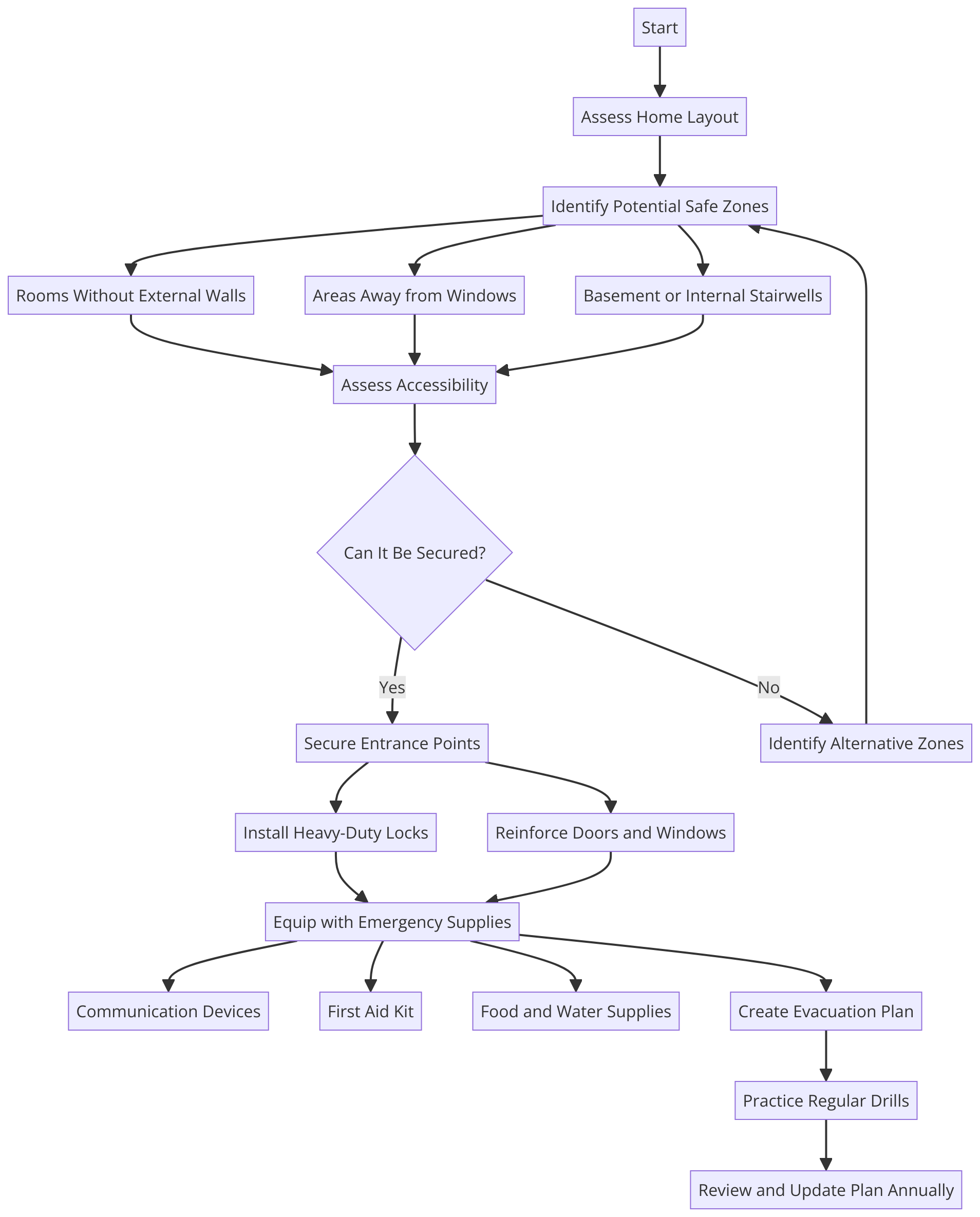
Consider setting up a signaling system if in a group or marking your shelter for easy identification.
“Your shelter is your fortress. Make it resilient, make it safe,”
by Robert Thompson, urban survival expert
Building Your Urban Survival Kit: Must-Have Items
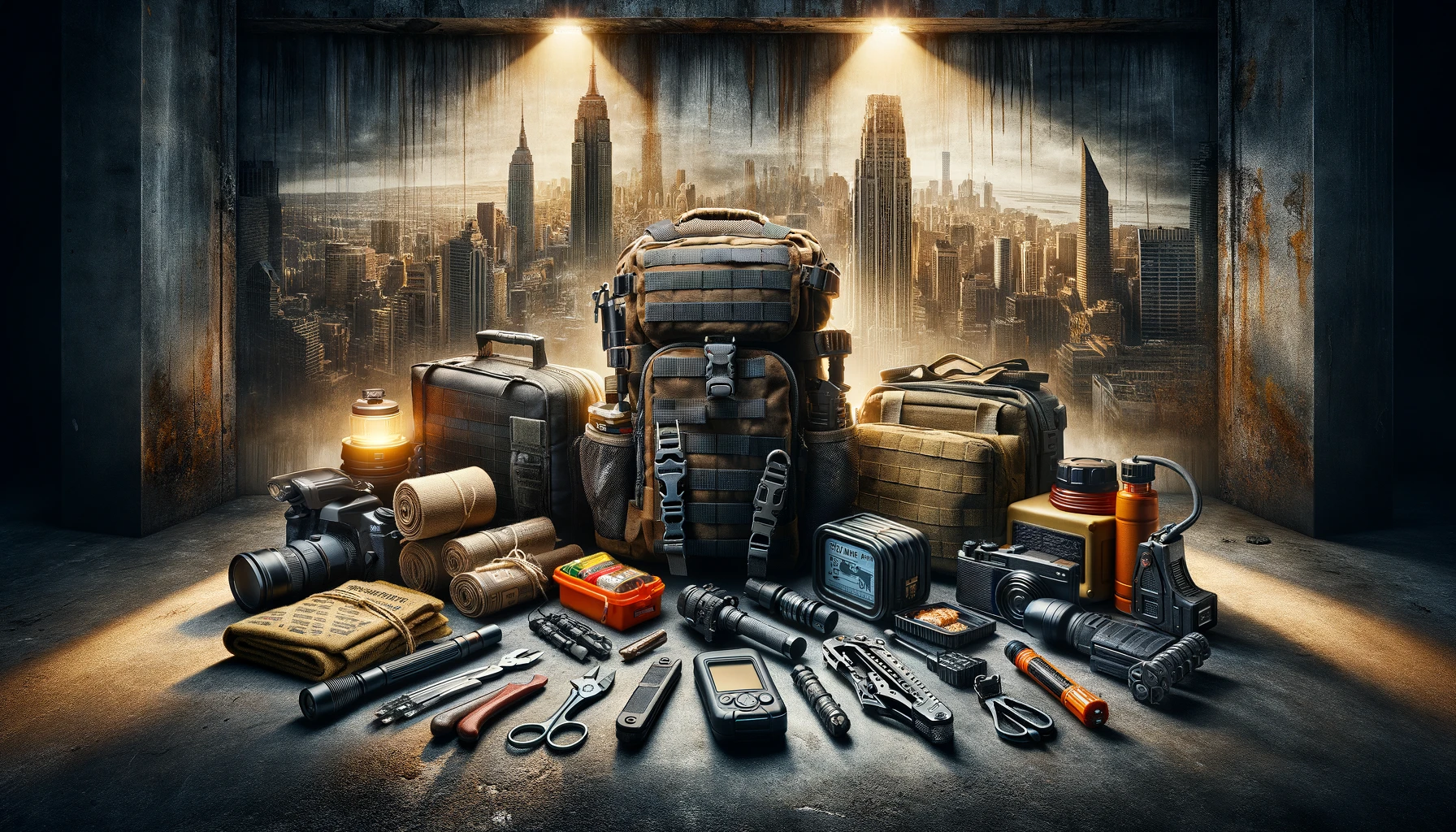
Packing Your Kit
When considering essential for survival items in an urban setting, think about how survival becomes more challenging amidst the hustle and bustle of city life.
Your kit should include emergency supplies tailored to the challenges of urban environments.
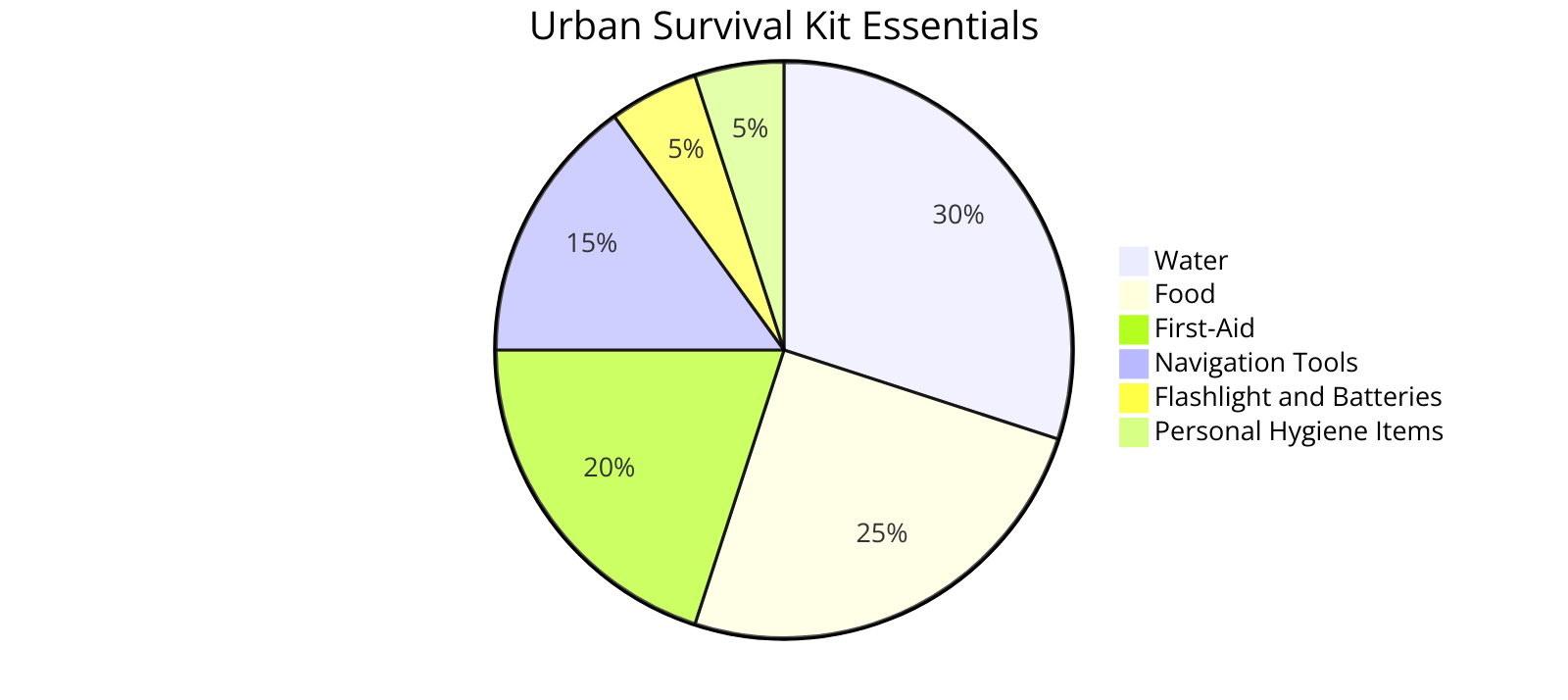
Items such as a map and compass can be invaluable tools to help you find your way in a maze of streets during an emergency.
Also, including resources like food and water can sustain you when living in a city presents unexpected hurdles.
| Non-Perishable Food | Shelf Life (Years) |
|---|---|
| Canned Vegetables | 1-3 |
| Canned Beans | 2-5 |
| Canned Fruit | 1-2 |
| Canned Meat | 2-5 |
| Dried Pasta | 1-2 |
| Rice | 4-5 |
| Dried Beans | 2-3 |
| Nut Butter | 1-2 |
| Cereal | 1-2 |
| Oats | 1-2 |
Urban Navigation Essentials
In the event of an emergency response where you might need to venture outside the city, having a map marked with large cross-streets that run can help you navigate your way to safety.

Familiarize yourself with the area and identify resources like landmarks that can serve as reference points.
Identifying and Mitigating Potential Threats in the City

Assessing Risks:
When navigating urban environments, it’s essential to be aware of potential threats that may arise.
An easy way to navigate potential risks is to get a rough estimate of your surroundings.
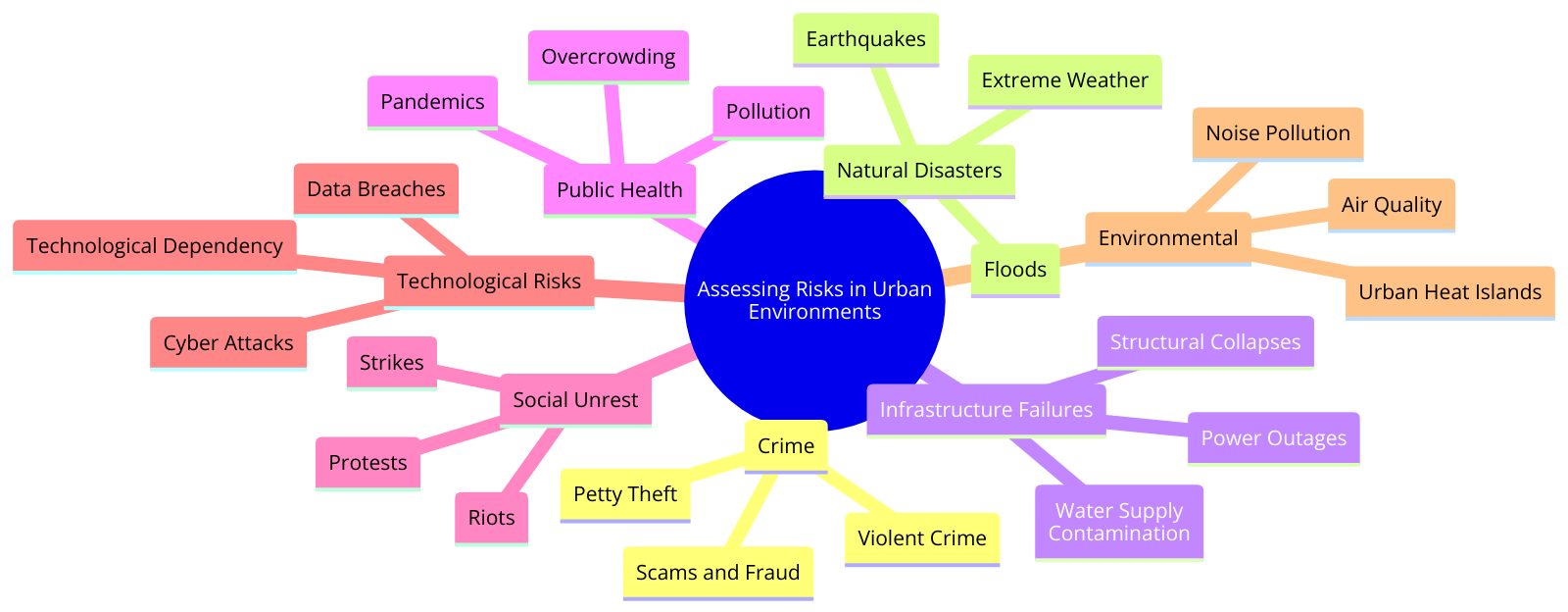
Look for areas that are known hubs of activity, as these places may lead to increased competition for resources and potentially more crime and violence.
Knowing where the nearest resources to ensure your safety and well-being are can make all the difference in times of need.
| Urban Area | Associated Risks | Safety Measures |
|---|---|---|
| Downtown | Crime, traffic congestion, pollution | Increased police presence, surveillance cameras, street lighting |
| Residential Area | Burglary, vandalism, limited emergency services access | Neighborhood watch programs, home security systems, community awareness |
| Industrial Zone | Hazards from heavy machinery, chemical spills | Safety protocols, protective equipment, regular inspections |
| Shopping Center | Theft, crowded spaces, potential for accidents | Security guards, CCTV cameras, emergency exits signage |
| Park | Assault, theft, lack of lighting | Increased park patrols, well-lit pathways, emergency call boxes |
Planning Escape Routes:
In the event of an emergency, having multiple escape routes can be life-saving.
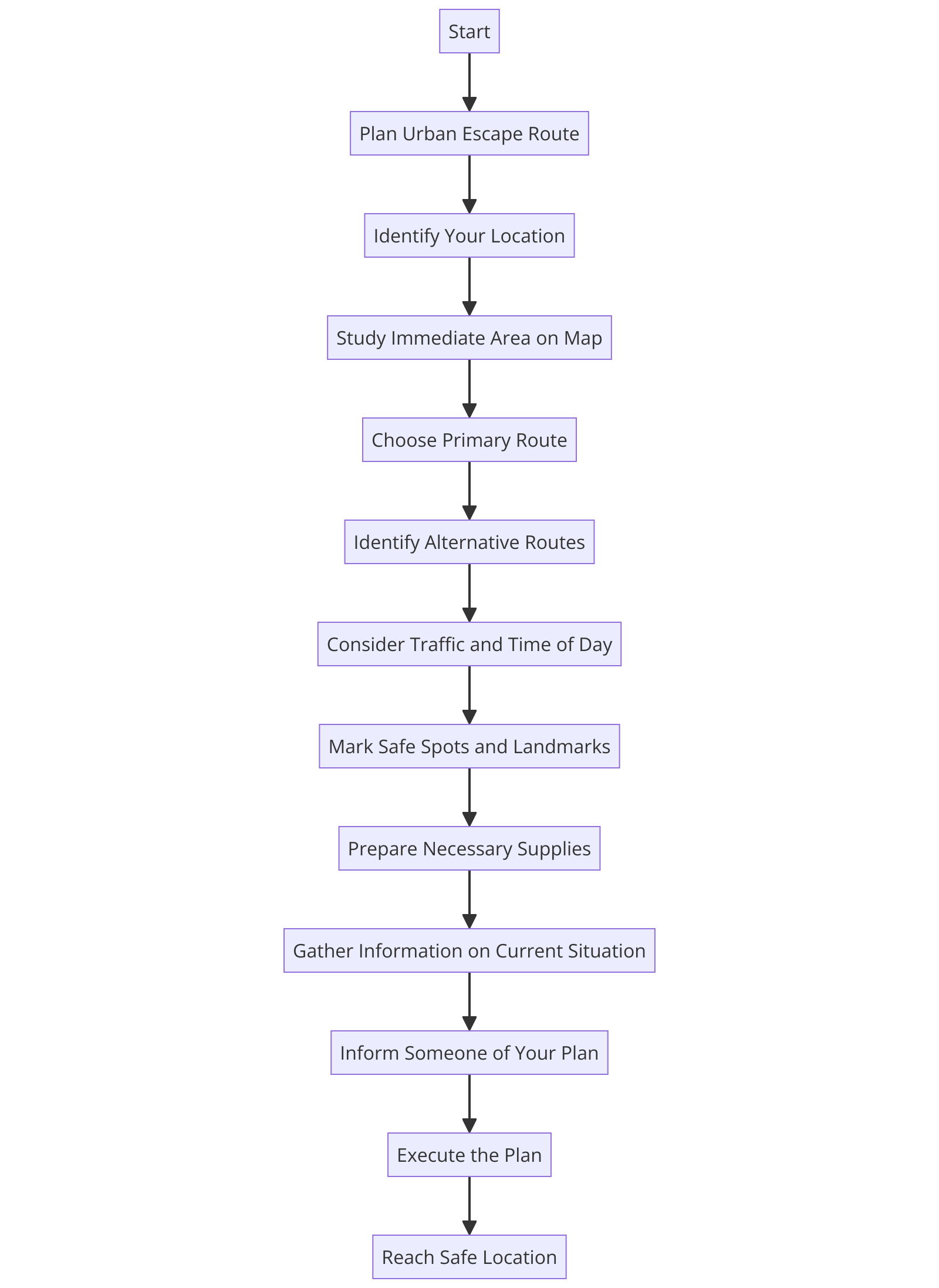
Identify primary and secondary pathways that allow you to run in both directions swiftly.
East and west streets can be used as landmarks to assist in orienting yourself and finding your way back to safety.
Regularly update your knowledge of the area to ensure you are prepared for unexpected situations, and always have a contingency plan in place.
Understanding the Unique Challenges of Urban Environments
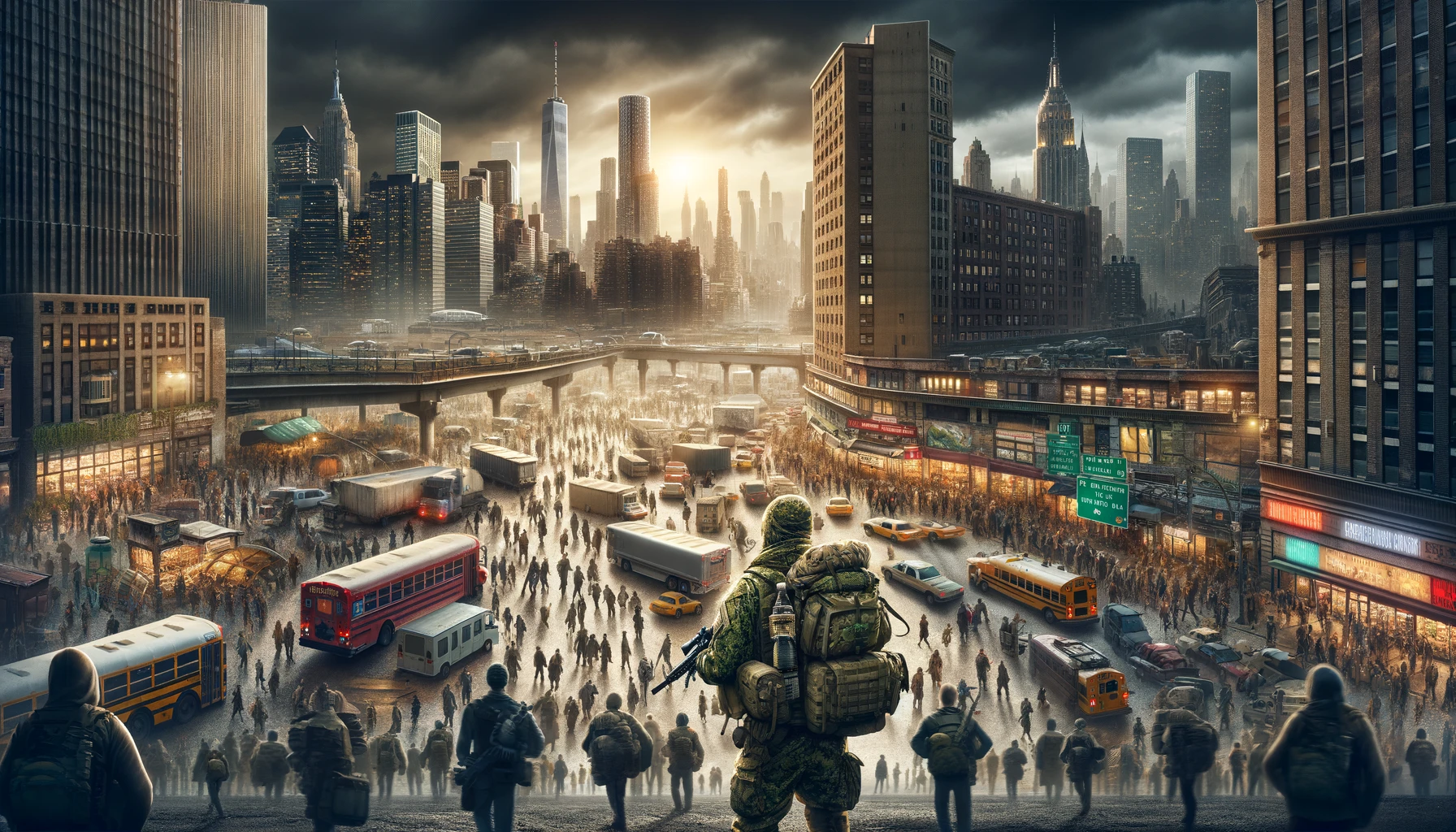
Navigational Challenges in the Concrete Jungle
When it comes to the essence of urban survival, knowing the direction can be crucial.
Unlike open landscapes where natural markers guide your way, the city center can be disorienting.
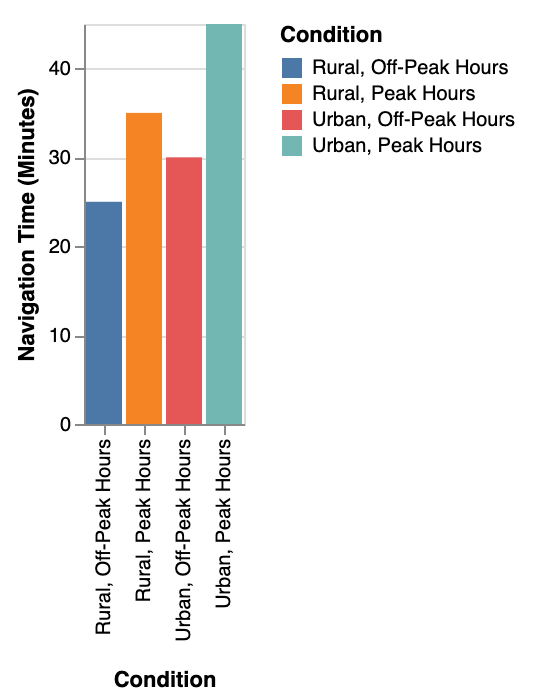
High-rises block your view, and highways that end abruptly can throw off even the most seasoned explorer.
In urban areas, public transportation systems may grind to a halt in emergencies, leaving you stranded.
| Navigation Challenge | Potential Solutions |
|---|---|
| Complex Street Layouts | Use smartphone navigation apps with real-time updates and alternate routes |
| Limited Signage | Familiarize yourself with landmarks and use GPS for precise directions |
| Urban Canyons | Utilize tall landmarks for orientation and consider elevated routes |
| Heavy Traffic | Plan routes with less congestion, use public transportation when possible |
| Lack of Public Transit Access | Explore alternate transportation options such as rideshare or cycling |
Security Considerations for Urban Dwellers
Ensuring the safety and well-being of your family in urban environments requires a keen understanding of the potential threats lurking around.
During a crisis, waiting for emergency services to arrive may not always be the best course of action.
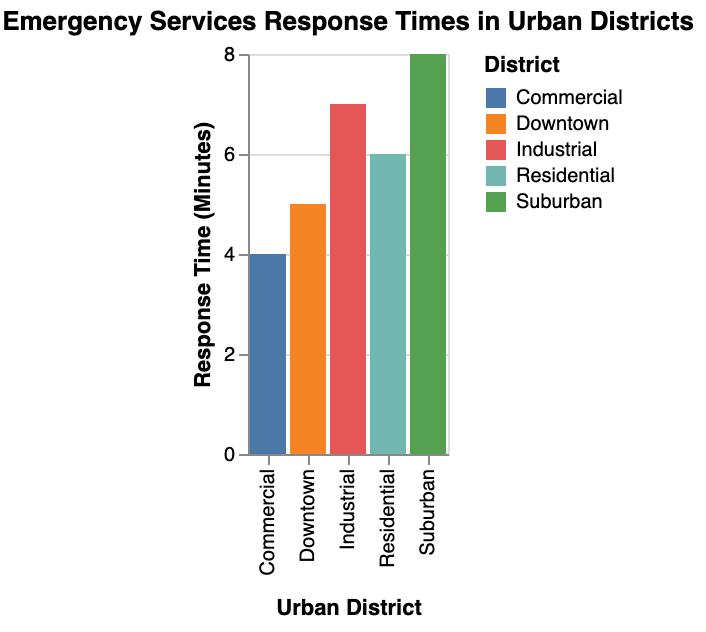
The last thing you want is to be caught unprepared to protect yourself and your family, especially if you need to hunker down and rely on supplies on hand for an extended period.
More Resources:
- Primal Survivor’s Guide to Urban Survival provides essential skills for surviving any disaster in the city, covering food, water, transportation, and self-defense skills.
- Tactical.com’s Urban Prepping Tips emphasizes the unique set of skills required for urban prepping, including situational awareness and storing supplies.
- The Survival Geek’s Ultimate Urban Survival Gear Guide offers insights into must-have survival gear for 2023, focusing on durability, navigation, and emergency signaling.
- Urban Survival Site suggests essential items and strategies for those new to urban prepping, including food storage and first aid kits.
- The Bug Out Bag Guide’s 5 Essential Urban Survival Tips shares practical advice to keep you alive, focusing on creativity and adaptability in urban survival situations.


